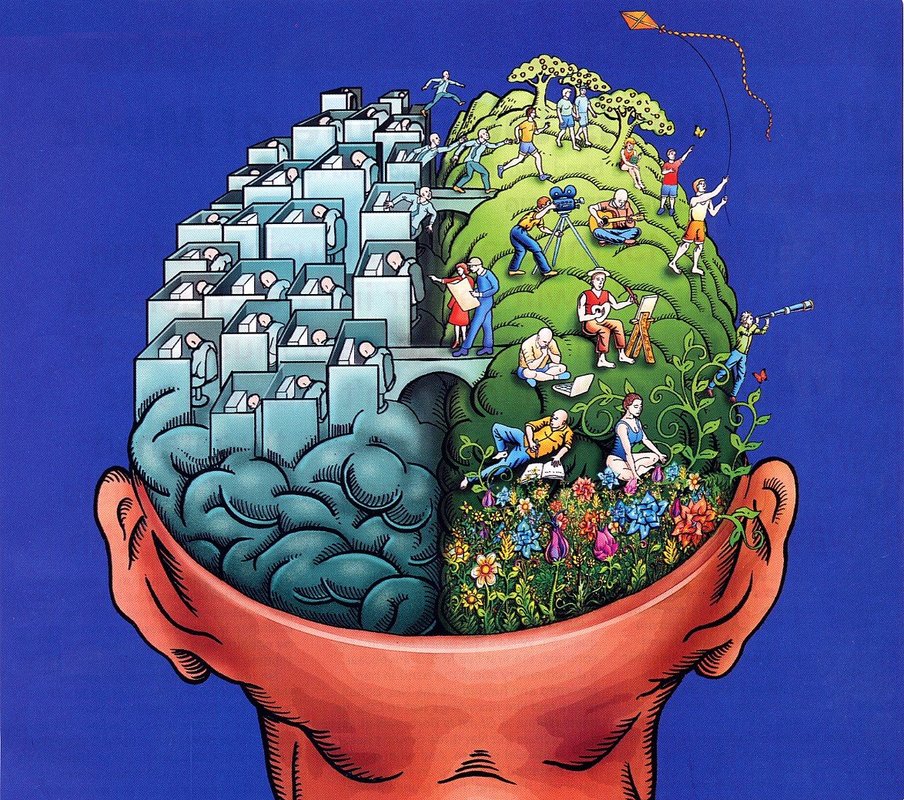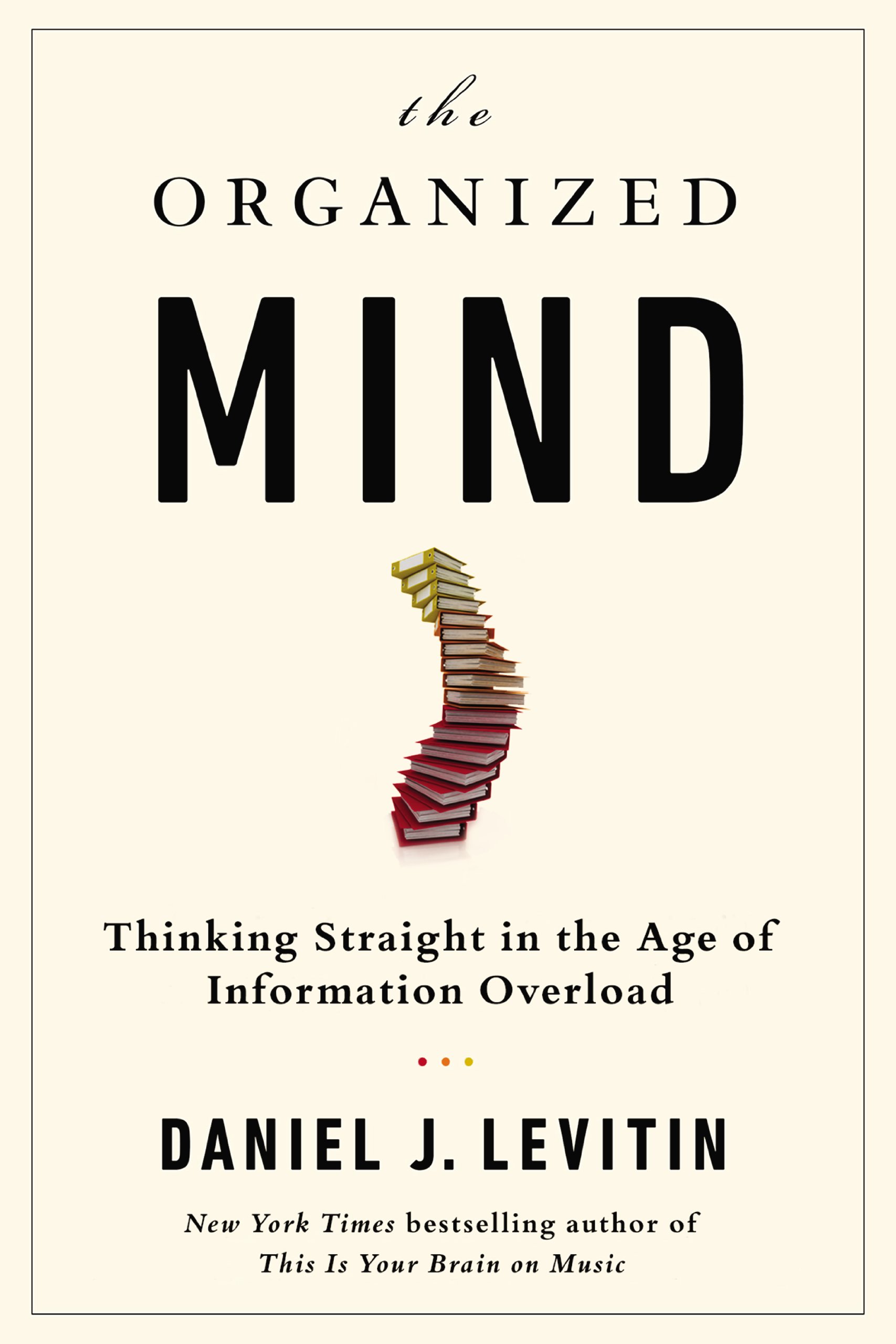
In the following mind mapping examples, we’ll go over a couple of ways this tool can be used and the specific categories each team used to get the job done. Mind mapping examplesĮffective brainstorming is all about starting with a clear purpose. Add in any questions or related ideas to individual task’s notes. Create related tasks with due dates and assign them to team members. Once you have the first draft finished, add each main idea as a phase to your project management software. Draw lines connecting each main idea to its supporting details.Brainstorm supporting details such as ideas, tasks, and questions for each main idea.Draw a line from the mind map topic to each main idea.Come up with three to five+ main ideas, then evenly space them in a circular formation around the mind map topic.Choose the topic of the mind map and place it in the middle of the drawing.Here’s how to create a mind map in five simple steps:

You may already be familiar with this tool if you’ve ever: gone to public school, been tasked with writing an academic essay, or been diagnosed with dyslexia. When written down, these associations create a visual tool known as a mind map, a powerful communication and creativity tool used by many marketing project management teams. Instead, associations radiating out (or in) from different connection points help our minds navigate a vast information pool to make decisions quickly. Human brains don't organize all the information we know in one strict hierarchical tree. Mind maps can have more than three levels (middle, main ideas, and details), but most stick with this model. Building out from the center, mind maps are often said to look like sunbursts or even spiderwebs.

What is a mind map?Ī mind map is an illustration with a keyword or phrase in the middle, lines connecting from the middle to a main idea, and even more lines connecting from main ideas to details. Keep reading to discover what a mind map is, why it’s important, and how to use them to improve projects. While we all learn differently, many of us are much more attuned to visual learning, and mind maps use this to help us retain information more effectively. A 2002 study found that mind mapping improved the long-term memory of factual information in medical students by 10%, while another from the Mind Mapping Software Blog found that mind mapping can boost productivity by up to 23%. Whether it's a so-called "spider diagram" at school, or planning out an essay in college, mind maps are very common - so much so, that they even date back to the philosophers of ancient Greece and Leonardo da Vinci during the Renaissance. It may sound like a farfetched business tool, but chances are you've used mind maps before throughout your life. In addition to sparking employees’ creative juices, mind maps organize “ timelines, dependencies, and responsibilities.” What is a mind map, and how does it help our brain organize ideas? A mind map is a highly effective tool used by creatives, marketers, and project managers to inspire their teams.


 0 kommentar(er)
0 kommentar(er)
